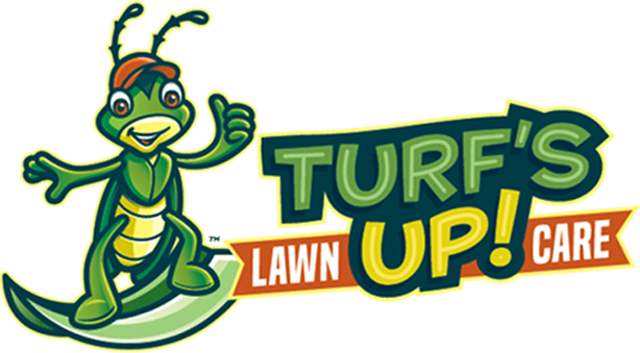Your lawn is an anchor on your property, securing your little slice of home and adding an element of curb appeal to your space.
Your ideal goal is to keep your lawn nice and thick, as well as an even, vibrant green. This ensures a surface that withstands traffic, is enjoyable for any activity, and looks great the entire time. A healthy lawn also prevents weeds, disease, insects, and even stands up stronger to drought.
You might be looking at your lawn and thinking about its care but have no idea exactly what your grass is made up of. In fact, you could be scratching your head right now asking yourself, “What type of grass do I have?”
This is a great question because understanding your specific lawn species can help you better care for its needs.
To get a clearer picture, let’s dive into a few lawn grass identification tips.
Understanding Different Grass Species 101
As you look across the United States, you’ll find that different grass species grow better in different regions compared to others. This is all based on ideal weather conditions and soil types for those types of lawn grasses.
There are two types of grass categories: cool season and warm season.
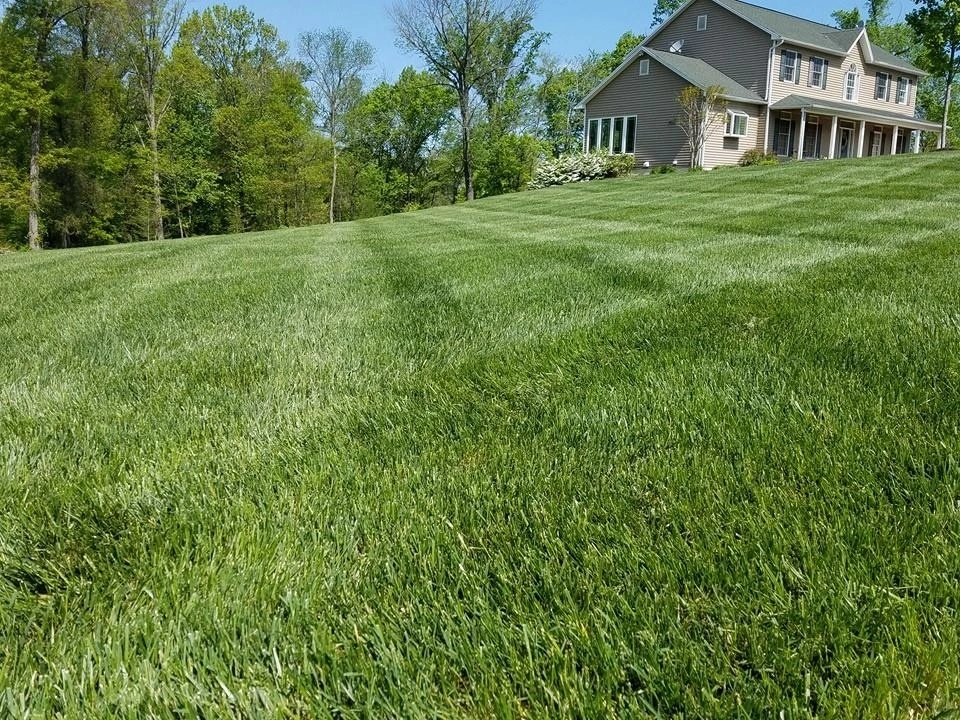
Cool-season grasses tend to grow best in the northern states. They push top growth during the warmer times of the year – March to June – and then follow that up with root growth from September to October. Once the soil freezes, they go dormant. Kentucky bluegrass would be a good example of a cool-season grass.
Warm-season grasses, on the other hand, grow best in the southern states. They crave drier soils and have a higher drought tolerance. This also makes them tough, meaning they can handle traffic well. However, if temperatures go below 50 degrees Fahrenheit, these types of lawns will turn brown. St. Augustine grass is a species of warm-season grass.
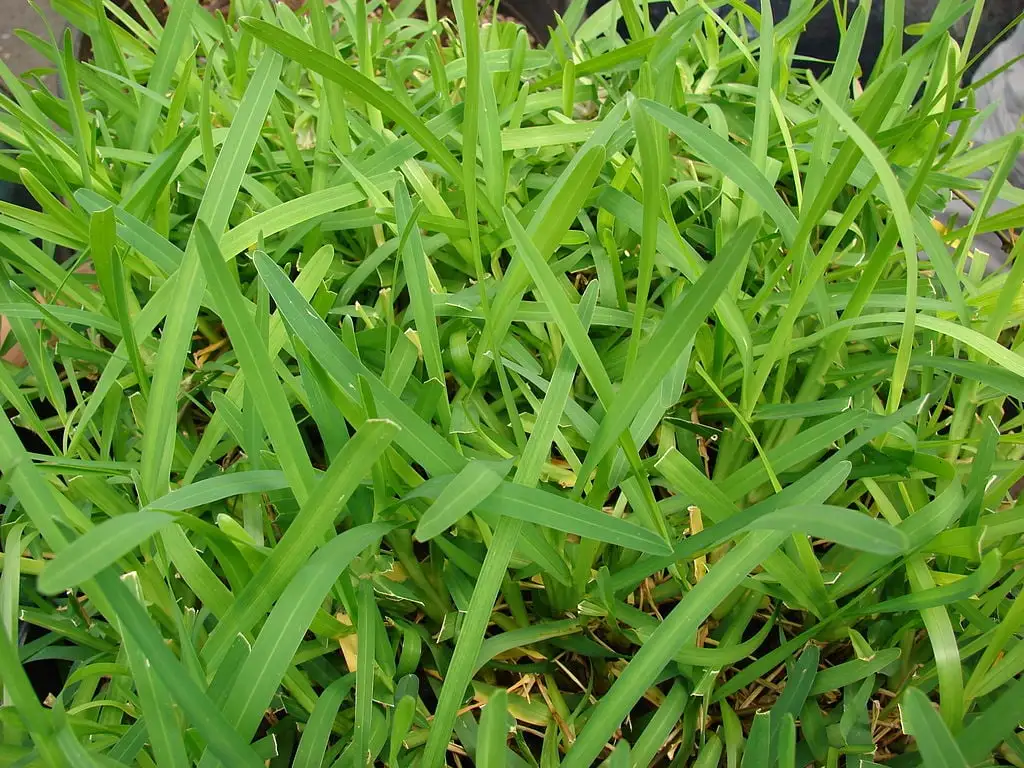
Then there are some regions that are neither cool-season grass or warm-season grass friendly. These are called the transition zones. In the transition zone, summers get too hot for cool-season grasses and winters get too cold for warm-season grasses.
Guess where you live? Yep, Northern Virginia is in a transition zone.
Grass Types in Northern Virginia
Northern Virginia is in a transition zone, which means it’s in a tricker place to grow grass.
Sure, that means your options are limited, but there is good news: How to identify your grass type becomes a lot easier. You don’t have to worry about having a lot of species to remember.
Let’s talk about the best types of lawn grass in Northern Virginia so you know what you’re looking for.
Best Grass For Northern Virginia Lawns
The grass type you grow matters when you’re looking for a thicker, greener lawn.
Building a perfect lawn means controlling mowing height, water needs, and fertilization requirements. And determining the ideal tasks in each of these categories means knowing what grass types you have. Every grass is different and, therefore, has different preferences for care.
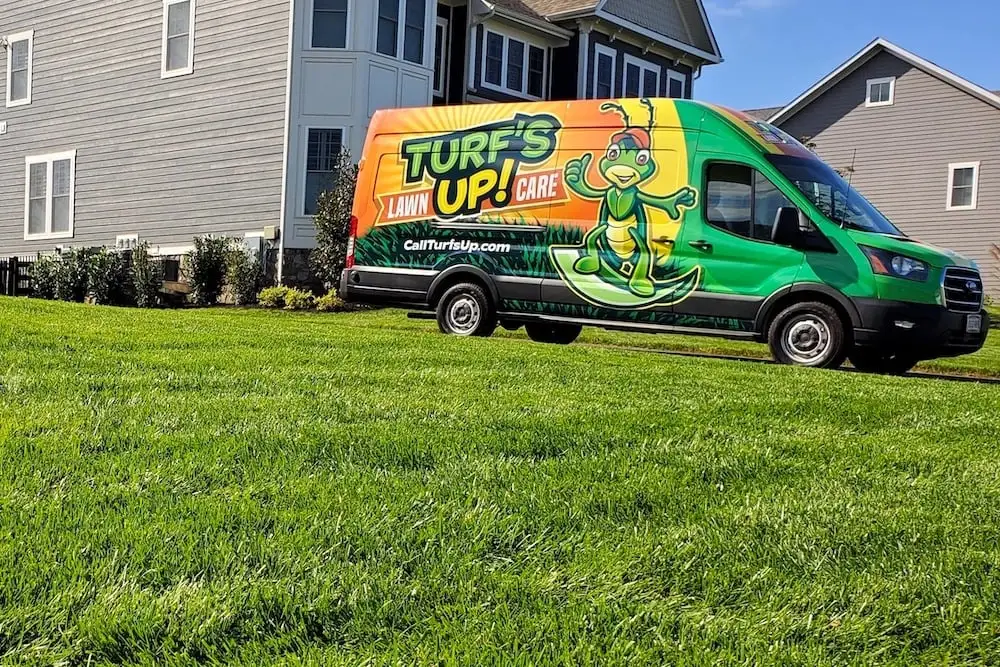
In Northern Virginia, there is one ideal grass species to grow: turf type tall fescue.
Why? It has the deepest root system of the cool-season grasses. This enables it to use water from deeper in the soil to resist drought.
This also means it doesn’t require insane amounts of extra maintenance like those others that will brown more quickly in summer’s heat. Kentucky bluegrass, for instance, can’t hack it in Northern Virginia. In fact, tall fescue will brown much less than other types of lawn grass in this transition zone climate.
Building the Ideal Northern Virginia Lawn
While tall fescue is great for Northern Virginia home landscapes, your lawn still needs proper care in order to thrive.
Tall fescue requires about 1.5 inches of water weekly. This can come from Mother Nature, supplemental irrigation, or both. You want to water for slower, longer periods to saturate your lawn’s roots.
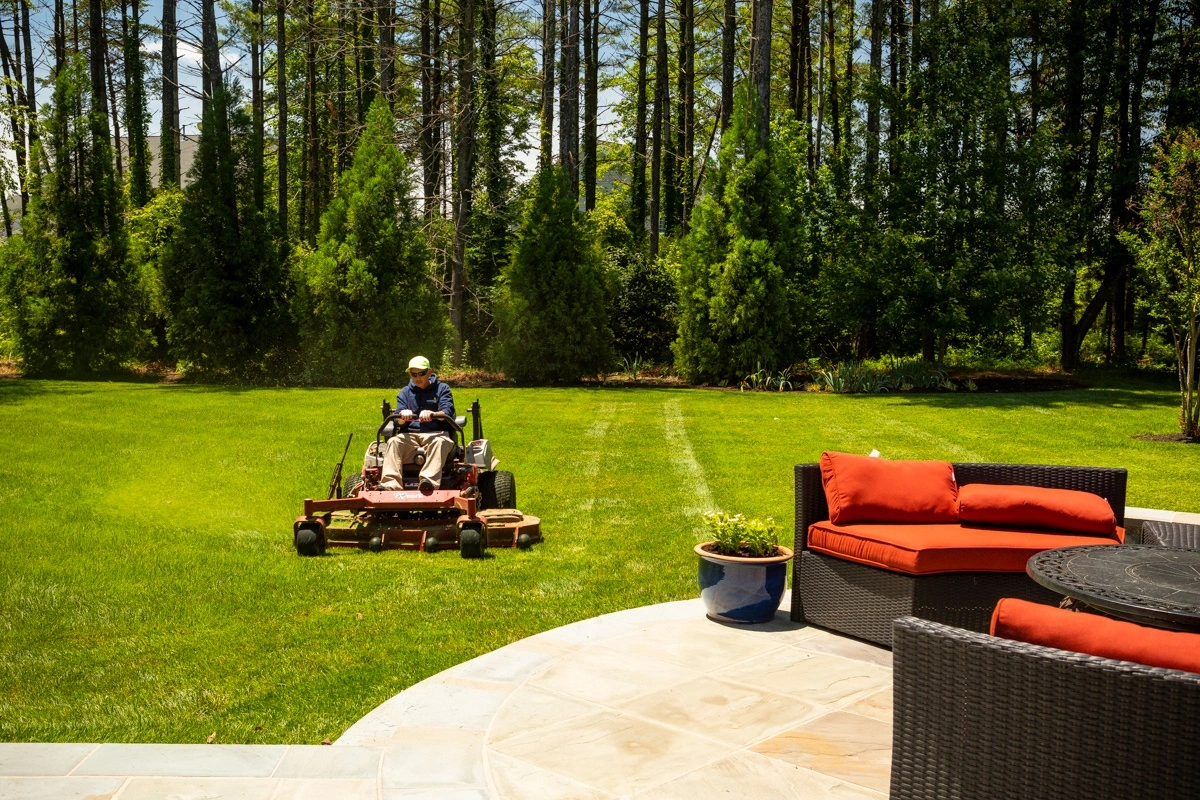
Mowing to a 3- to 4-inch height once your lawn is established is great for keeping your tall fescue happy, ensuring a thick, strong lawn.
Aerating annually and overseeding can help this grass type of Northern Virginia by improving air flow and boosting water and nutrient uptake. By reducing soil compaction, aeration also amplifies root growth.
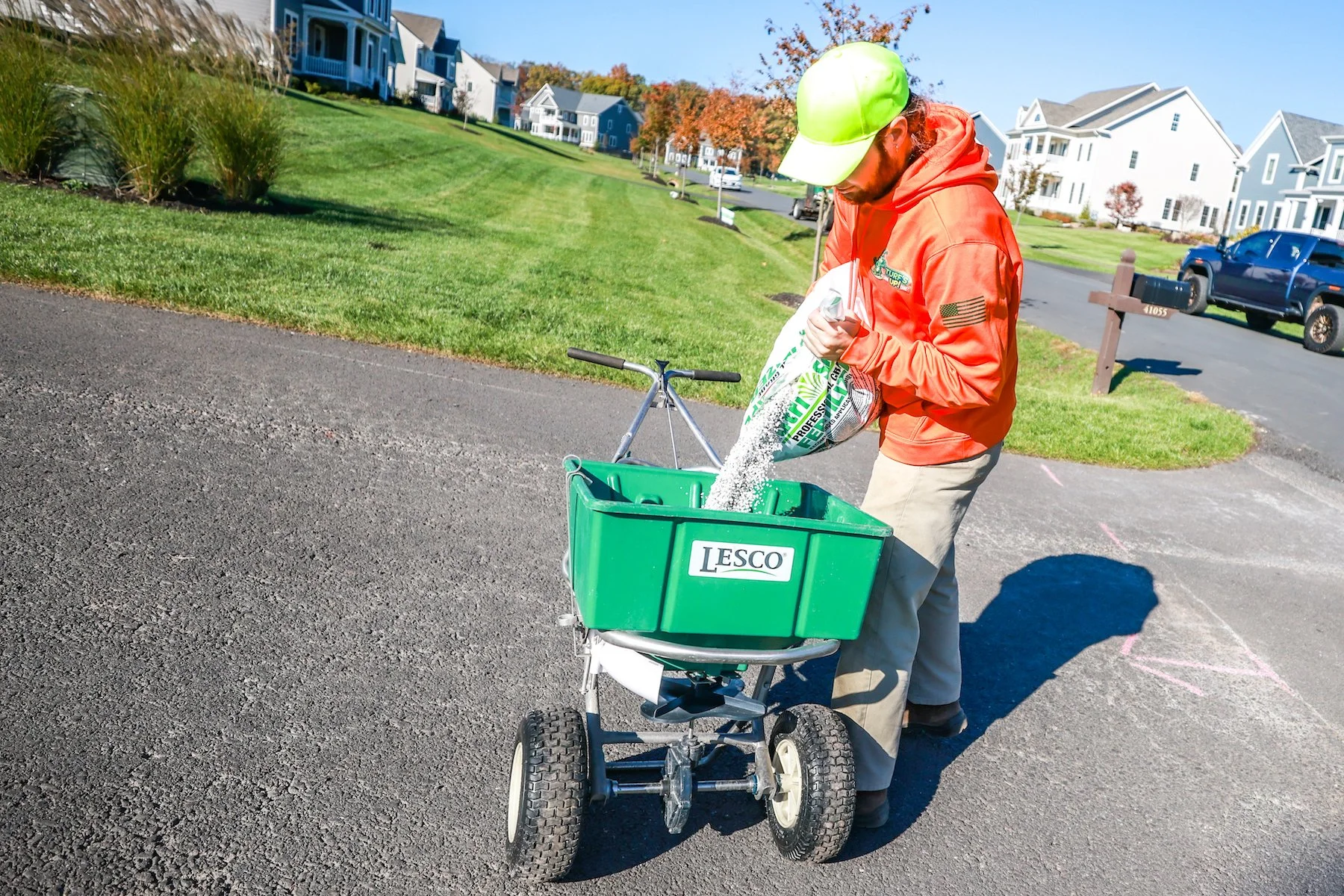
Fertilization throughout the year helps support top growth in spring and then root growth in fall.
Other Grasses You Might See in Northern Virginia
Tall fescue makes up the majority of the grass you will see on local home landscapes because it grows the best.
However, you may spot some others. They include:
- Creeping bentgrass - A cool-season, perennial grass that is considerably high maintenance in Northern Virginia. In fact, many people consider it a weed because it can establish itself in areas where it wasn’t planted, crowding out more desirable lawn species. This grass is dull green with flat, narrow leaf blades.
- Poa trivialis - This spring weed in Northern Virginia lawns will look a lighter green compared to most other turfgrasses. You’ll also see a bunch of seed heads form in mid-spring. This weed can’t handle summer heat and usually dies. But once it produces seeds, it’ll reappear the following spring.
- Bermudagrass - While this grass is grown in the South as a type of lawn grass, it’s considered an invasive grassy weed in Northern Virginia. It turns a straw color at first frost and remains dormant until late spring. Bermudagrass only grows to about 2 feet in height so it’ll look shorter next to your tall fescue that can grow to 4 feet.
- Zoysiagrass - While this grass may have the best cold tolerance of the warm-season grasses in Northern Virginia, it still turns fully brown at the first hard frost and doesn’t green up again until May.
The problem with these grasses that you may find in your lawn are that they are mostly considered weeds. A post-emergent herbicide application, combined with aeration and overseeding, can help control them and get your tall fescue to fill in.
We Understand Growing Grass in Northern Virginia
You want a thick, green lawn, and you really don’t want to waste time thinking about all of the challenges to growing your lawn properly. We get that.
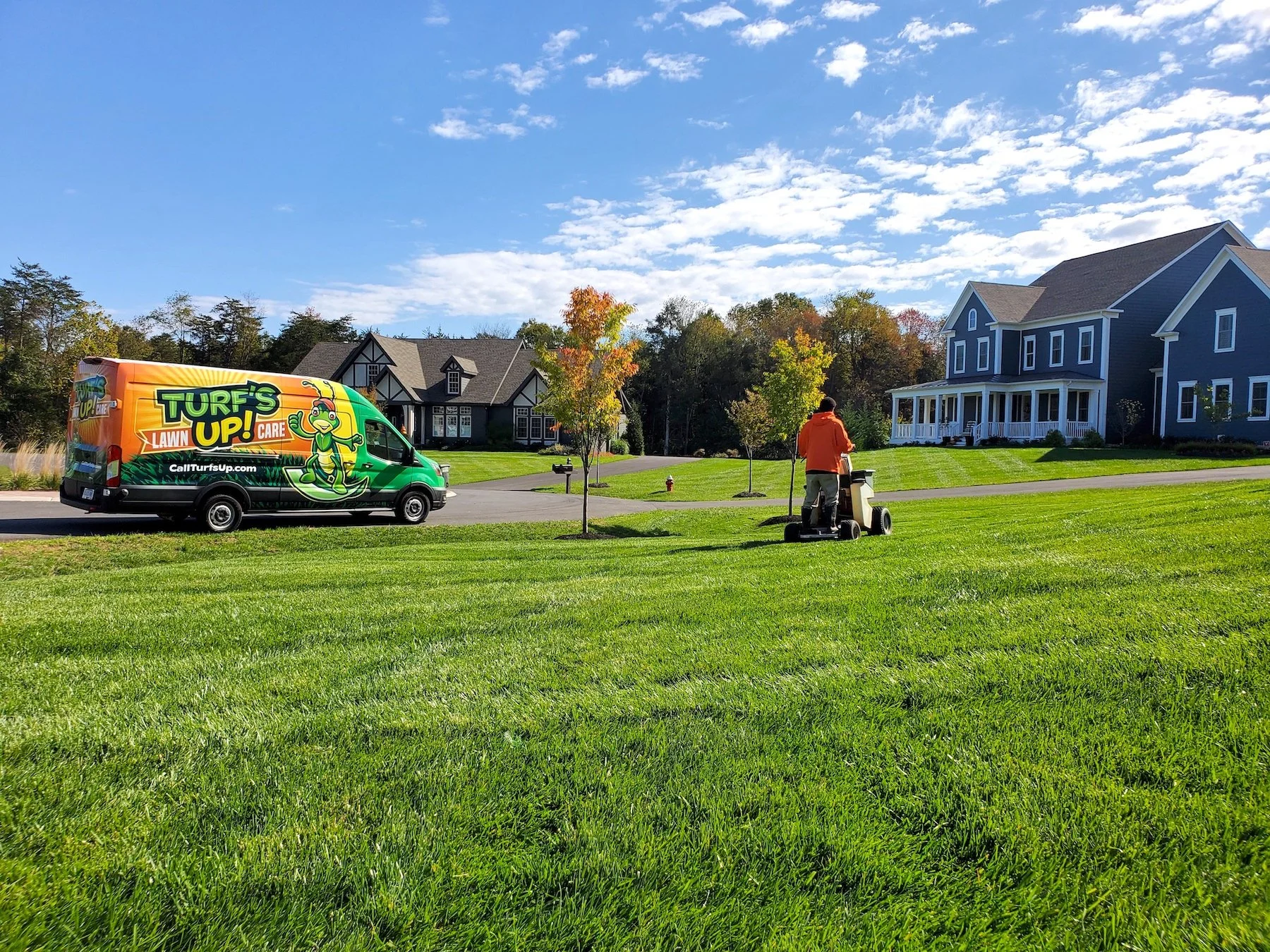
And we know it can be frustrating when you walk around your lawn and find different lawn textures and colors and bare patches and other issues. In some cases, you might even be wondering which grass species are actual lawn and which ones are weeds?
It can certainly make your head spin. And if you don’t know what you’re looking at, figuring out what to do next to take care of it can be challenging. No one wants to be a slave to their lawn care. You’ve got other things to do.
Choosing the right grass type in Northern Virginia and taking care of it properly, while being able to identify grassy weeds, can do wonders in creating a thriving lawn that serves all of your purposes.
Think you have a weird mix of grass types that aren’t working out for your North Virginia lawn? Wishing your grass would look just as good as your neighbor’s lawn? Turf’s Up can help. We know lawns in this area, and with one look we can tell you what your lawn needs to thrive and provide you with some tips and tricks to get that picture-perfect lawn you desire.
Ready to learn why Turf’s Up could be your totally awesome choice for lawn care services in Northern Virginia? We’re stoked to learn more about you and help you have the best lawn on the block. Get started today with a free quote. Together, we can prepare a customized plan that is perfect for you and your lawn.
Image sources: St. Augustine Grass
